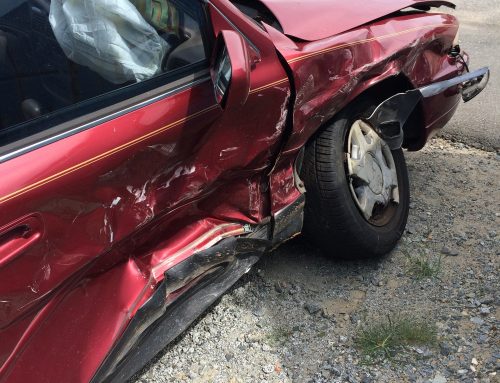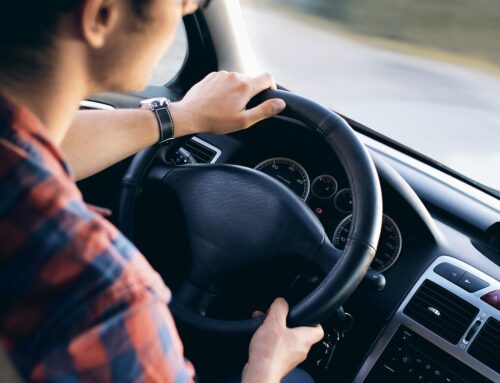Summer in Florida guarantees hot weather, pesky mosquitos – and lots of rain. Our rainstorms are known to be epic in scale, with rapid downpours and partial loss of visibility. Driving in the rain can be dangerous for many reasons, and the fact that our rainstorms can arise seemingly out of nowhere requires all drivers to be vigilant. If you are new to Florida rainstorms or traveling through Florida this summer, here are some tips for driving safely during a summer downpour.
The worst car accidents typically occur on the roadways, which allow higher speeds. More speed significantly increases the chances of being involved in a car accident and the victim of injury. Add in the rain, and chances increase even further. The final factor that contributes to potential car crashes is the condition of the vehicle.
Car Maintenance Necessary for Driving Safely
Brakes: When brakes don’t function adequately, driving safely in the rain becomes very difficult. The more worn your brakes become, the more challenging it is for them to stop a vehicle suddenly. When your tires are also in condition, the result will most often be an accident. It is important to have your brakes checked regularly to ensure they are working correctly. Investing in proper brakes may keep you from getting into a dangerous situation when you can’t stop.
Tires: A vehicle’s tires are like the shoes on your feet. When operating a car in the rain, proper traction is vital. When tires are worn or bald, a sudden movement can lose control, whether by skidding, hydroplaning, or experiencing a blowout. When a driver loses control on a wet surface, especially when driving at higher speeds, the chances of the vehicle unexpectedly entering another lane of traffic is high. If you do not crash into another car, you could hit a divider, median, or tree. Ensuring that your tires are well maintained will help avoid accidents, as traction is the key to controlling a vehicle. Frequently check your tires and tire pressure to avoid accidents caused by loss of traction.
You’ll want to look for:
- Cracks or cuts in the sidewalls
- Uneven wear due to misalignment
- Overy worn tread
- Bulging or bumps in the rubber
- Vibrations while driving (could indicate tire imbalance)
Windshield wipers: Wipers that have become worn, dry, and cracked can no longer push the rain off of your windshield. Your visibility will be seriously compromised and could easily cause a traffic mishap. Windshield wipers are typically affordable, and replacing your wipers is one of the easiest and least expensive ways to keep you driving safely during a rainstorm.
Defrosters: Many Florida drivers ignore defrosters until they need them. When windshields fog up in the rain, they can limit visibility quickly. Check to make sure your defrosters are working properly.
Headlights and Taillights: Night visibility and safety rely heavily upon your headlights and taillights working properly. Ensuring that your lights are operational is paramount for driving at night or in the rain. This includes all of your lights, including hazard lights, as well as brake and reverse lights.
More Tips While Driving in Rain
- Keep both hands firmly on the wheel
- Store your cellphone
- Maintain greater than normal space between you and the vehicle in front of you
- Pump (test) brakes after driving through standing water
- Utilize middle lanes which are less likely to have water accumulation
- Reduce speed if possible to safely do so in the traffic flow
- Avoid flooded roads whenever possible
- Stay well clear of tractor-trailers, semis, and buses – they can splash blinding waves of water onto your windshield and are also more likely to lose control or fishtail at high speeds.
- Stay vigilant and avoid all distractions
- Always assume that slow or stopped traffic could occur at any time
If you have been the victim of a car accident and feel that you deserve compensation from a negligent party, call the attorneys at Probinsky and Cole. We are here to help.








